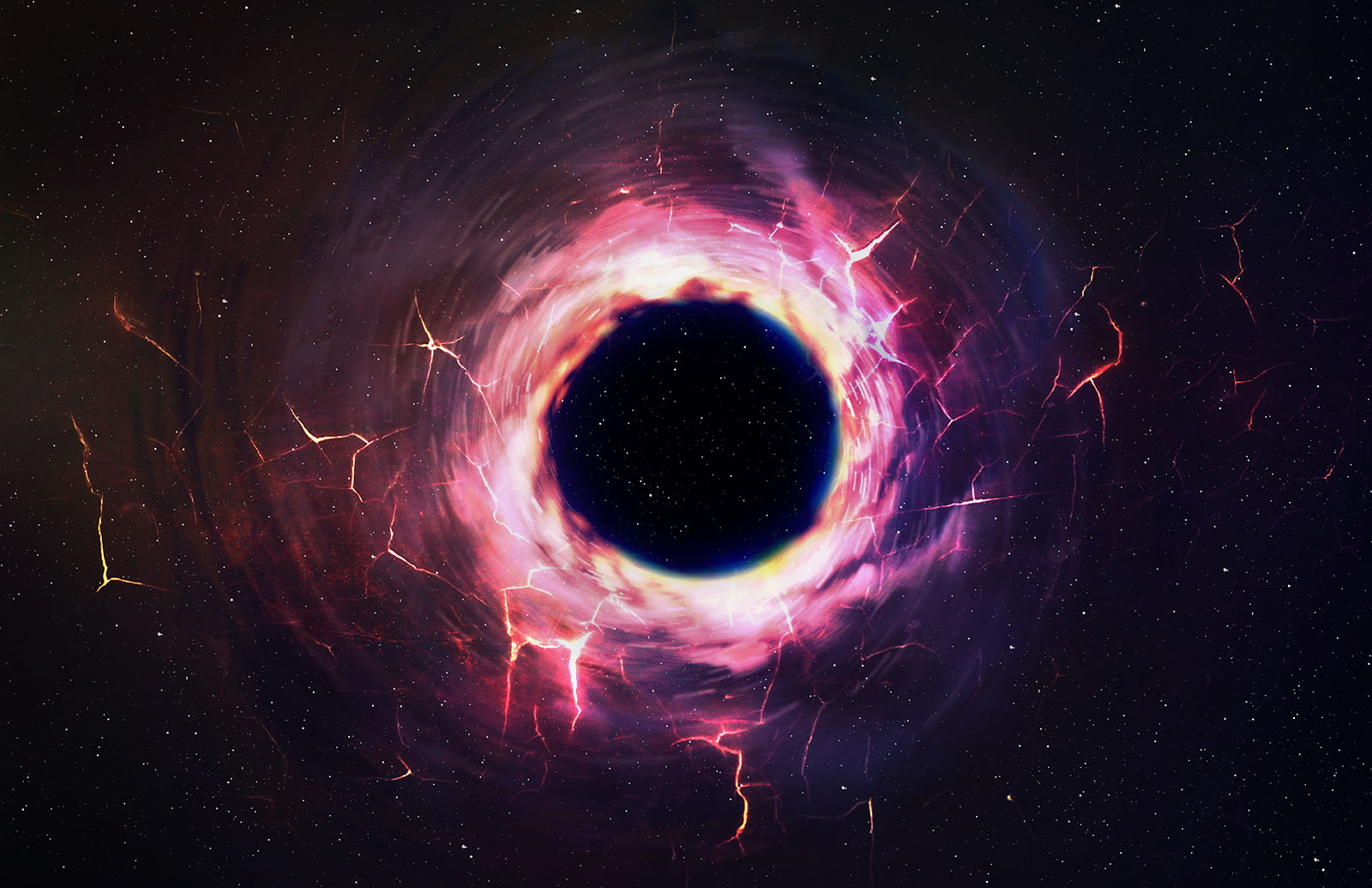The universe is always expanding. Scientists have believed that for decades. However, determining the universe’s expansion rate has been difficult for scientists. We may have finally found a way to determine how quickly the universe is expanding and how it evolved.
Scientists may have found a way to measure the universe’s rate of expansion

When two black holes collide, they create ripples in space-time that scientists call gravitational waves. Now, we’ve developed a new technique that scientists can use to measure the changes in those signals. And scientists believe it could help us better understand the universe’s expansion rate.
Scientists first determined that the universe was expanding at an accelerating rate in the late 1990s. We call this the Hubble constant. And, whenever scientists attempt to calculate the universe’s rate of expansion based on the Hubble constant, they end up with multiple values. As such, many have been looking for a more precise way to measure the expansion rate.
One way that scientists hope to measure the universe’s expansion rate better is by measuring the cosmic collisions between tight binary black holes. They refer to these pairings as “spectral sirens,” according to Space.com, and they could finally give us a more stable way to measure how fast the universe is expanding.

Aside from telling us how the universe is expanding, knowing the accelerated expansion rate could also tell us more about the early universe. James Webb recently discovered the earliest known galaxy, but we still don’t know much about how those galaxies formed in the first place. Or even how the universe expanded from the Big Bang.
It’s the hope that measuring the ripples in spacetime created by colliding black holes will provide more data for scientists to look at. And, because equipment like the James Webb has become so sophisticated, we may one day be able to ascertain the universe’s expansion rate, what is fueling that expansion, and even when, if ever, it will slow down.








